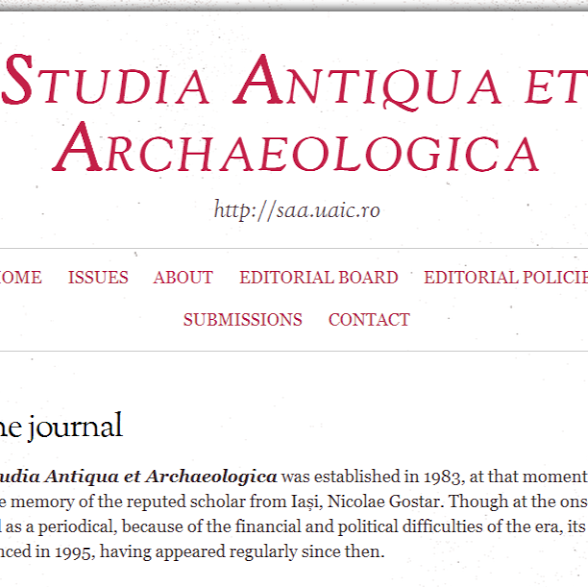The medieval church of San Biagio in Cittiglio (Varese, Northern Italy). Archaeological and anthropological investigations of the cemeterial area
The medieval church of San Biagio in Cittiglio (Varese, Northern Italy). Archaeological and anthropological investigations of the cemeterial area
Author(s): Marta Licata, Silvia Iorio, Chiara Rossetti, Giuseppe Armocida, Adelaide Tosi, Francesco Muscolino, Antonio Cellina, Roberto Mella Pariani, Ilaria Gorini, Melania Borgo, Paola BadinoSubject(s): History, Archaeology, 6th to 12th Centuries
Published by: Editura Universităţii »Alexandru Ioan Cuza« din Iaşi
Keywords: San Biagio; medieval church; anthropological data
Summary/Abstract: The old medieval church of San Biagio in Cittiglio (Varese, Northern Italy) is one of the oldest religious buildings of Valcuvia. Since 2006, the interior of the church has been under investigation to acquire historical data and to reconstruct the archaeological site. These excavations yielded a series of discoveries, such as a significant number of tombs and pictorial elements. During our first field season, we exposed several architectural phases of the church, from the 9th to the 15th century. Inside the church, a funerary atrium was discovered and it was fascinating to find several tombs placed on different chronological layers. In particular, two of these tombs are remarkable. A tomb containing the skeletal remains of a young male showed three perimortem cuts on the skull. The other one kept the bones of a woman with a spearhead at the level of the ribs. We also observed another aspect, the conspicuous presence of childhood graves. In order to better investigate the paleodemography, we needed more osteoarchaeological data. Therefore, we focused our attention on the funerary area (7.5 m North–South × 18 m East–West) immediately outside the church. The archaeological excavation, which started in March 2016, brought to light several burials. During this phase, we discovered five overlapping archaeological layers, which testified an important funerary context. In the superficial layer, we recovered fragmented human bones, coins and numerous metallic artefacts. In the underling layer, we found tombs with coins, which allowed us to date it back to the Renaissance period. Square stones of different dimensions delimited the tombs of adults, while dead infants and foetuses were buried inside shingles. In the same layer, we also recovered archaeological findings such as an iron key, an iron knife, bronze buckles and bronze rings. The anthropological data for this cemeterial phase also documented the high infant mortality together with findings of pathological indicators such as arthrosis, dental diseases and traumatic injuries.
Journal: Studia Antiqua et Archaeologica
- Issue Year: 25/2019
- Issue No: 1
- Page Range: 163-183
- Page Count: 21
- Language: English

